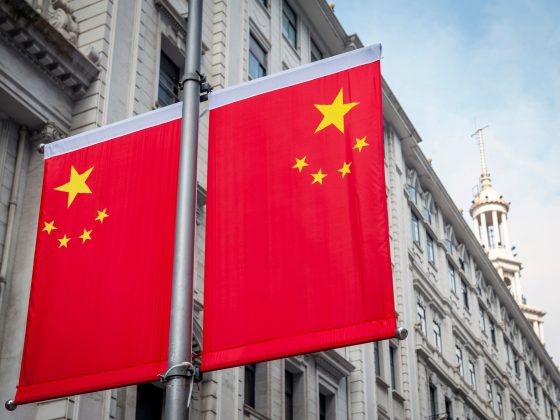China has recently announced the development of two new lithography machines, aimed at reducing its reliance on the US in semiconductor manufacturing.
This move is part of China’s broader efforts to overcome US-led restrictions that have hindered its access to advanced chipmaking technology.
While the new machines signal progress, questions remain about whether they can truly compete with the sophisticated equipment produced by companies in the West, such as ASML Holdings.
What’s the significance of these machines?
Lithography machines are crucial to chip production, as they use light to etch intricate circuits onto silicon wafers.
The more circuits printed on a single wafer, the more powerful and efficient the chips become.
China’s new lithography machines, which operate at wavelengths of 193nm and 248nm, represent a significant technological achievement for the country.
However, their capabilities fall short compared to the cutting-edge equipment used by leading semiconductor manufacturers globally.
How good are China’s lithography machines?
While China’s development of these lithography machines is a commendable step, it lags behind the capabilities of advanced systems like those produced by Dutch company ASML.
ASML’s Deep Ultraviolet (DUV) lithography machines operate at a wavelength of 38nm, far more advanced than China’s 193nm machine.
Additionally, US sanctions have made it difficult for China to access the latest DUV technology, further widening the gap between Chinese and Western semiconductor manufacturing capabilities.
The US has actively lobbied global semiconductor equipment makers to limit China’s access to critical technology.
This includes urging the Dutch government to impose restrictions on ASML’s sales to China, even requiring special licenses for upgrades to machines already delivered to the country.
As a result, China’s new lithography machines may not have the transformative impact that its government hopes for.
Is China already too late?
As China strives to catch up in DUV technology, the global semiconductor industry has already shifted its focus to Extreme Ultraviolet (EUV) lithography.
EUV machines operate at a wavelength of just 13.5nm, enabling manufacturers to stack chips closer together, improving efficiency and reducing costs.
ASML’s EUV technology has become the standard for producing cutting-edge chips and is expected to account for more than one-third of the company’s sales this year.
Unfortunately for China, the country has been largely excluded from this technological leap due to US-led export controls.
The gap between China’s 193nm lithography machines and the West’s 13.5nm EUV machines represents a significant technological divide that will be difficult for China to bridge.
Despite the development of new lithography machines, China faces substantial hurdles in competing with the West’s advanced chipmaking technology.
The US sanctions, coupled with the rapid evolution of semiconductor production methods, suggest that China may struggle to catch up to global leaders like ASML.
While these new machines may reduce China’s dependence on Western technology in the short term, the country will need to make significant strides in both innovation and strategy to close the gap in the long run.
The post China’s new chipmaking machines: can they compete with Western tech? appeared first on Invezz


